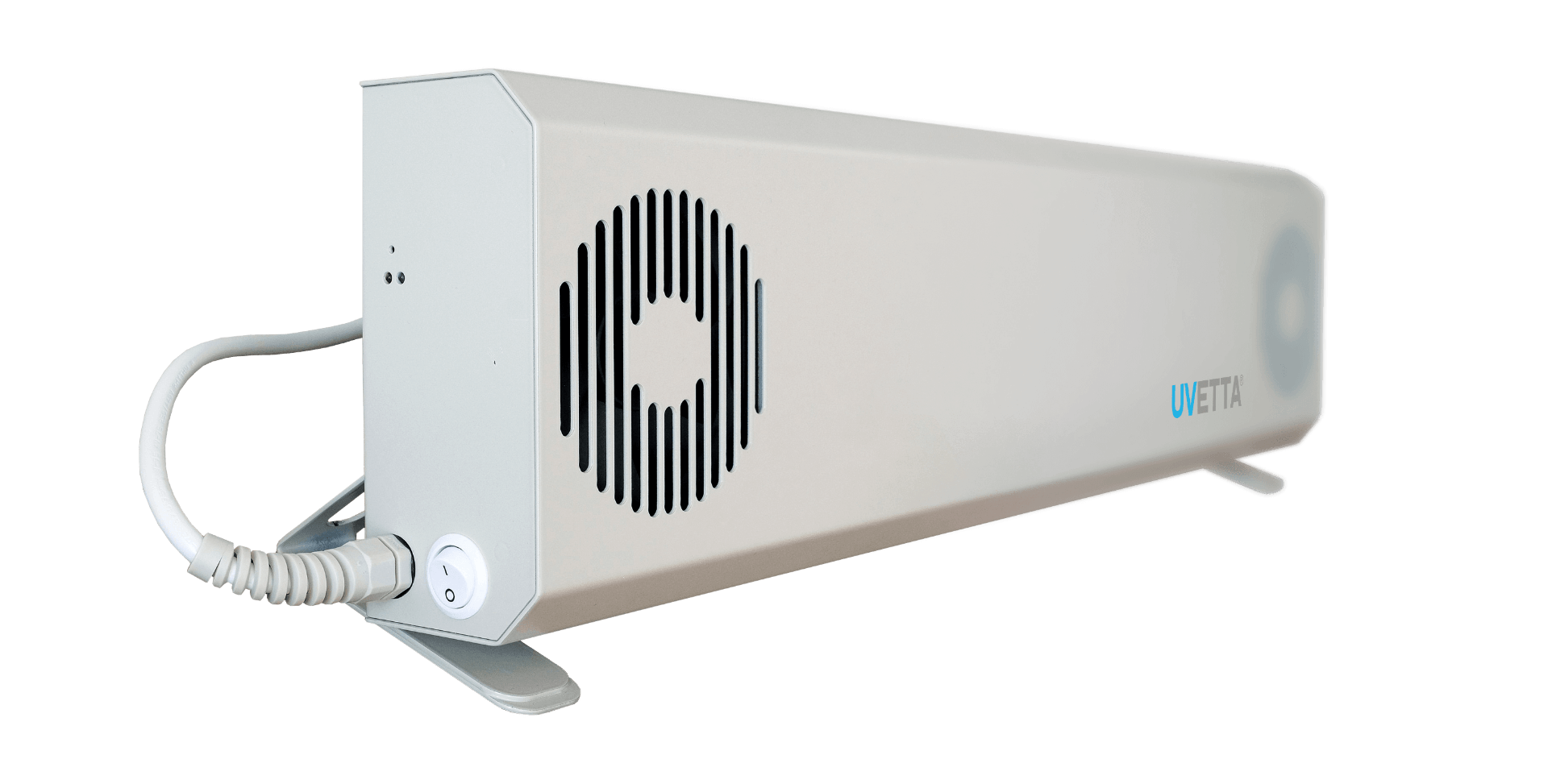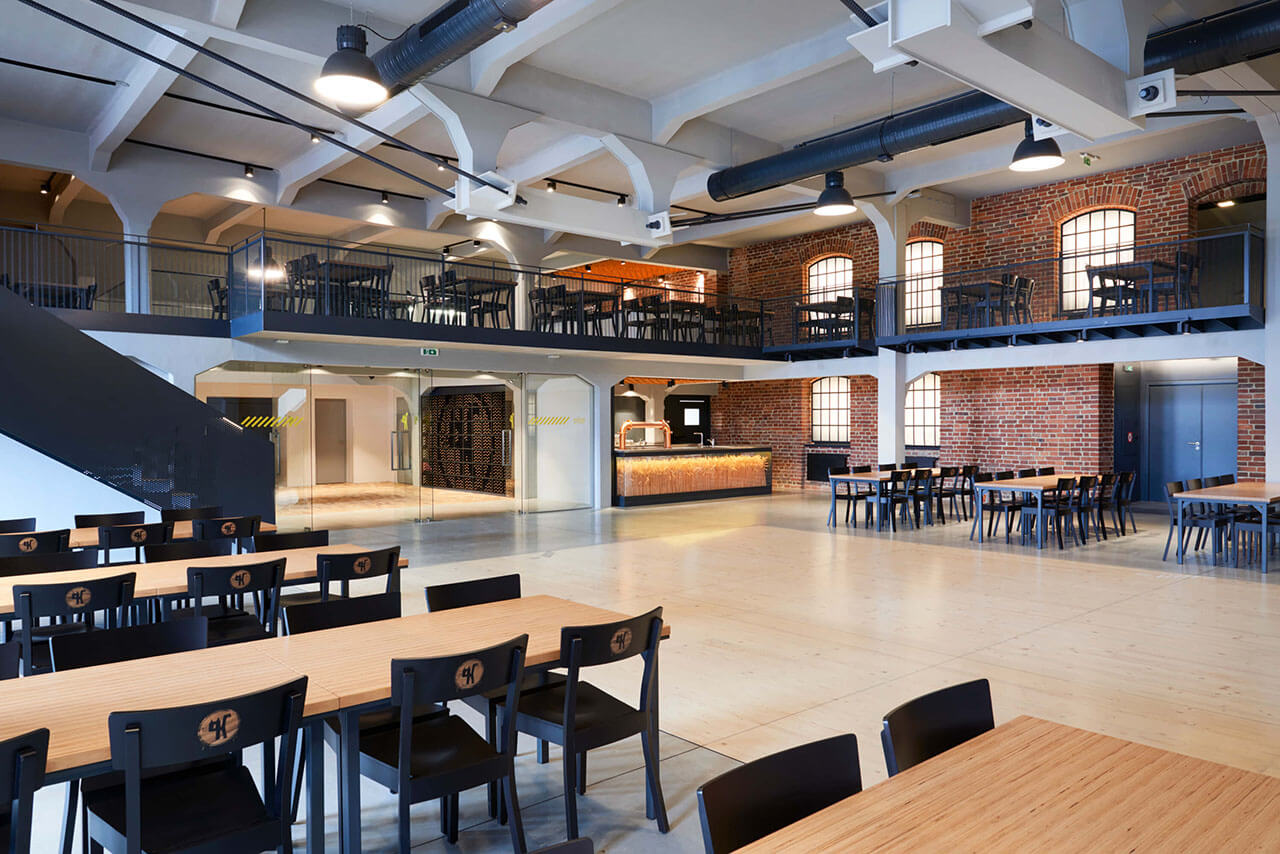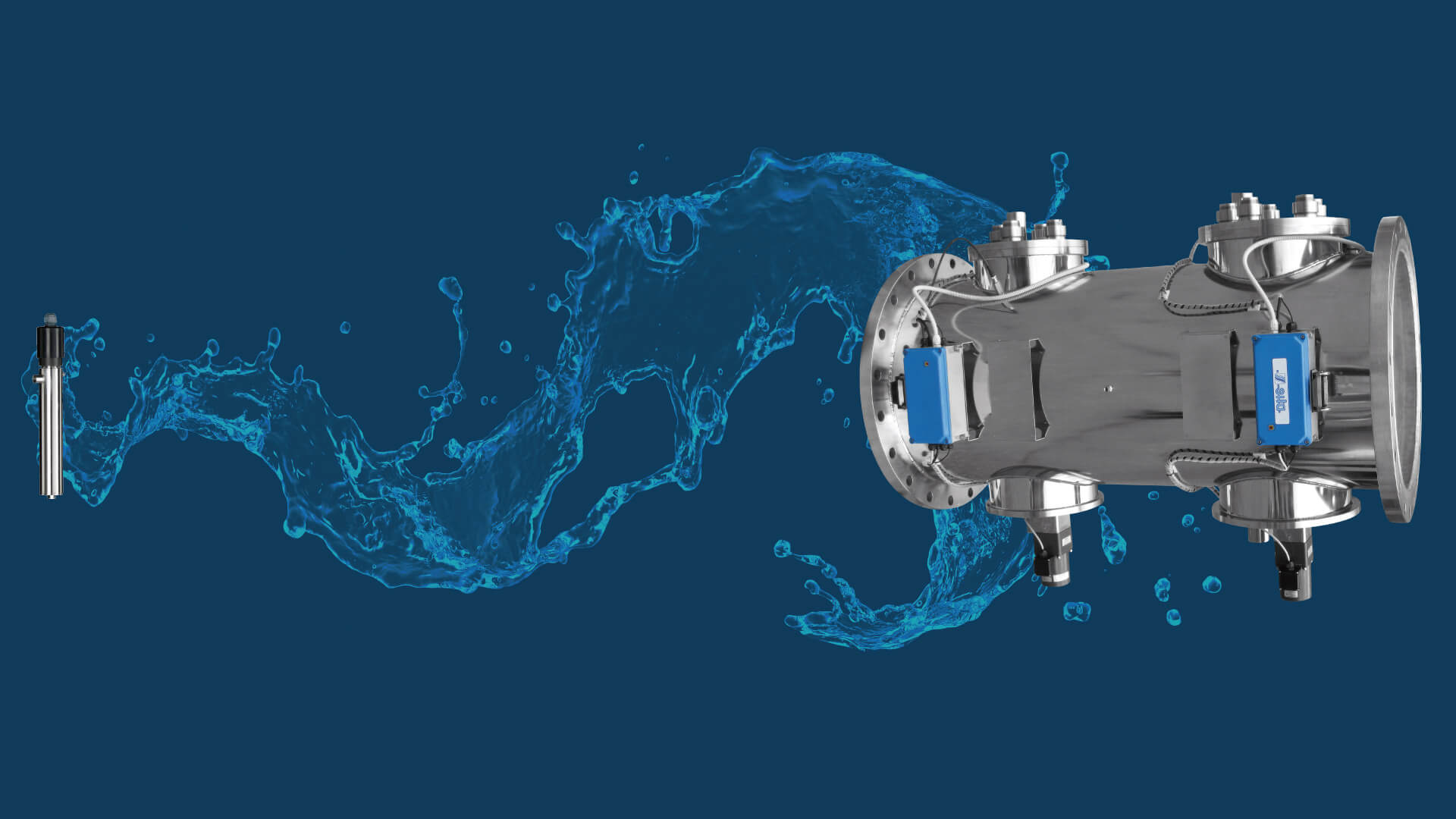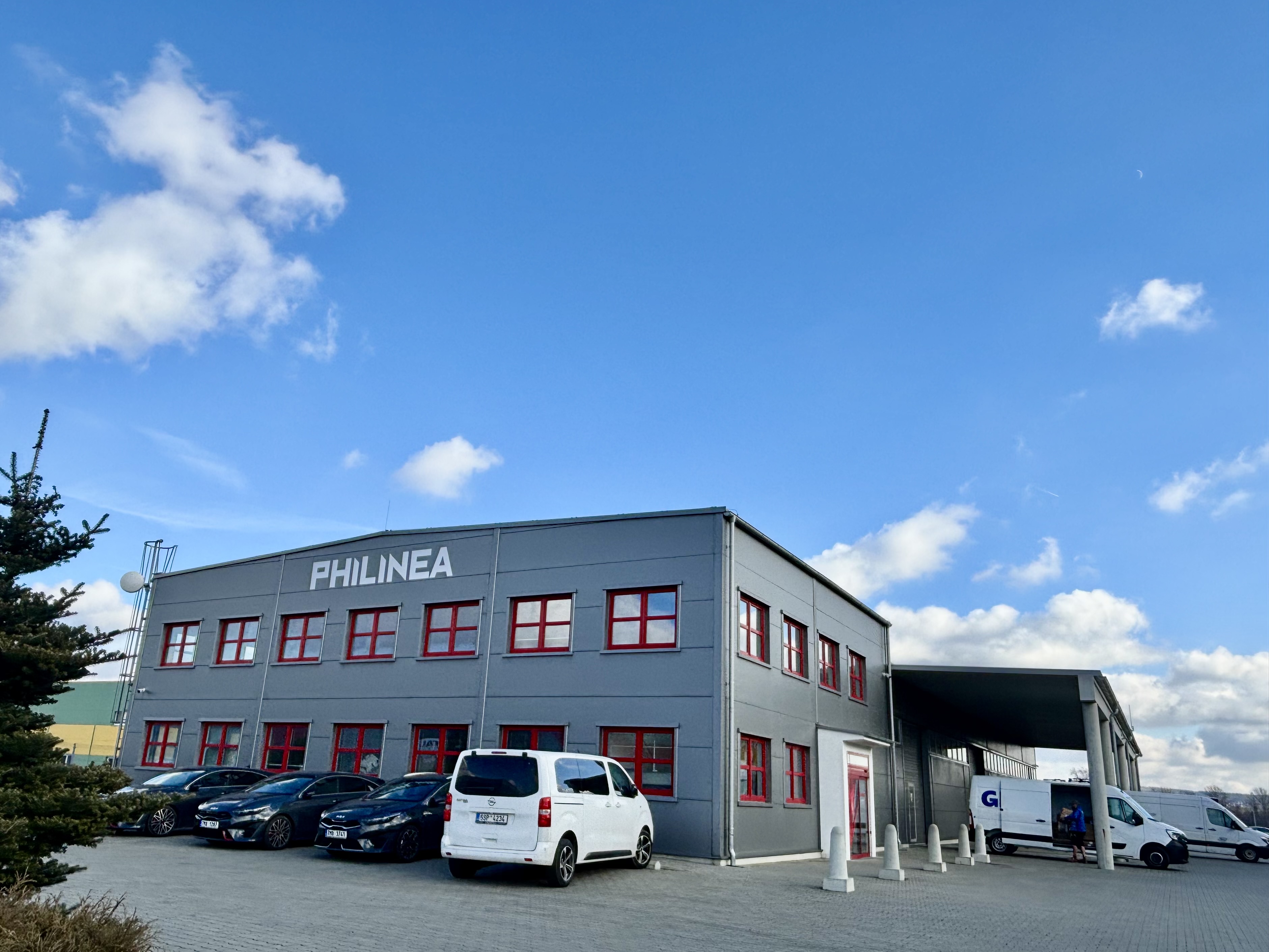The goal for most food producers is to create a product that retains freshness and flavour all the way to the customer’s plate, whether that is via a supermarket, restaurant or farm shop.
UV germicidal lamps are becoming a popular choice in the control of food-borne diseases and other microbes which, although they may not be dangerous, cause food to spoil rapidly – for example some yeasts and mould spores.
UV disinfection had many advantages over other methods – it uses no chemicals or preservatives and the food will not be damaged or altered by heat treatment. UV disinfection can also be used to treat the surfaces, equipment and air in food processing and packaging plants (see processing and packaging).
Examples of UV disinfection in food and beverage production include:
- Cultivating fruit, vegetables and salads with water treated with UV light to avoid spreading disease and food-spoiling microbes across the crop.
- A bit here about bottling plants – using UV instead of ozone now we know more about harmful chemical by-products of ozone!
- Fruit juices and cider can be chemically altered if pasteurised using traditional heating methods, which can affect the taste of the end product. Pasteurisation of fruit juice and cider with UV leaves the product tasting exactly as the producer wanted it to.
- Pasteurisation of milk and processing of raw milk products to replace heat treatment and chemical additives.
- Sugar syrups used in beverage production can harbour high levels of dormant microbial spores which become active after the syrup is diluted in production processes. Treatment of both the water and the sugar syrup with UV germicidal lamps will render any microbes completely harmless.
- Food surface disinfection prior to packing – products are passed through decontamination tunnels to control microbial load before processing and packing.





